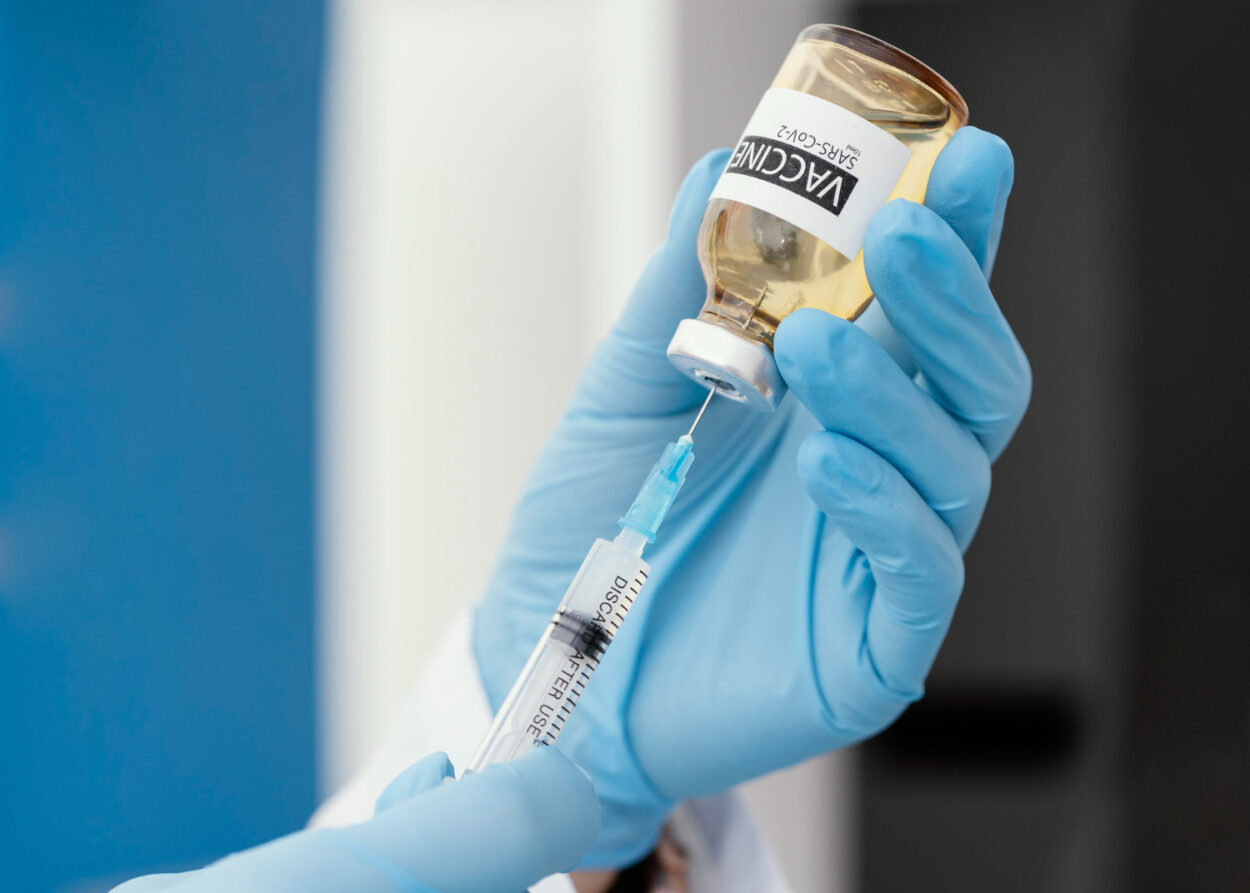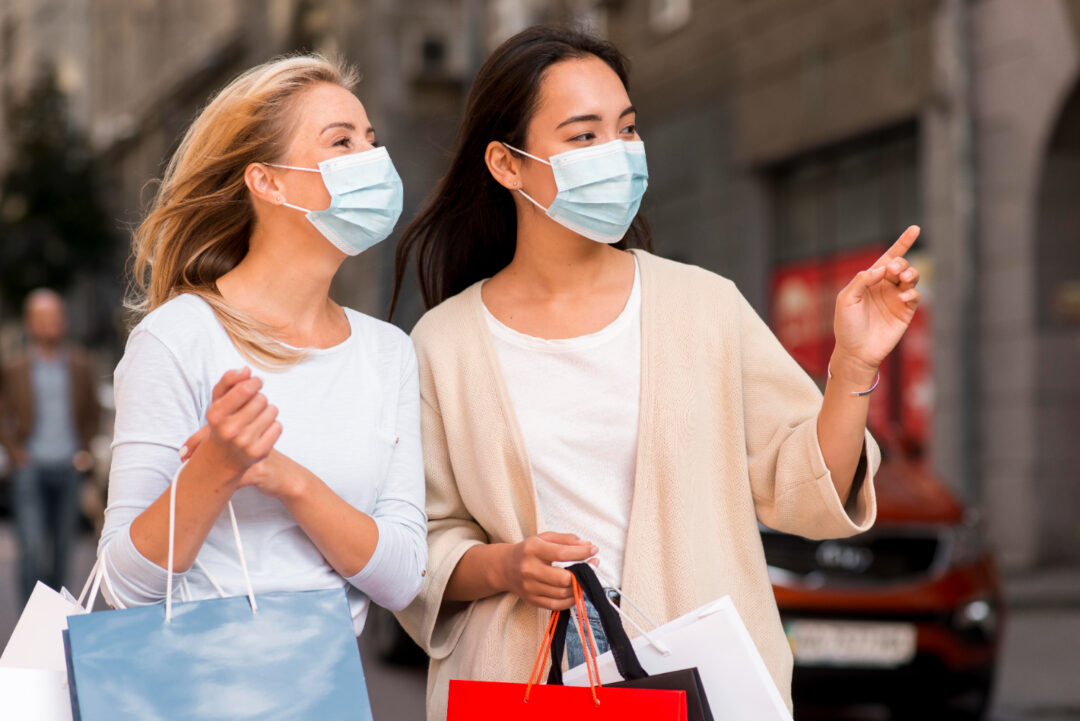When it comes to Diseases (viruses) in the world, How can we forget Covid-19? But there is another virus that is increasingly becoming a concern for people these days – The Norovirus. So, how do the two compare? Norovirus more Dangerous than Coronavirus. Let’s take a closer look at both viruses, their symptoms, the way they spread and the risks they pose.
What is Norovirus?
Norovirus is a group of viruses that cause severe Vomiting and Diarrhea in people and is a major cause of Gastroenteritis, inflammation of the stomach and intestines. Norovirus is Most common during the Winter Season and is often called “stomach illness” or “stomach flu”.
Symptoms of Norovirus:
- Stomach cramps
- Nausea
- Low-grade fever
- Severe diarrhea
- Vomiting
- Muscle aches
The symptoms of Norovirus appear within 12 to 48 hours, while vomiting and diarrhea start occurring in a very dangerous manner. The infection spreads especially rapidly in small children, the Elderly and people with Weak Immunity. Norovirus is easily affected.
How Does Norovirus Spread?
Norovirus is spread by Eating contaminated Food, Drinking contaminated water, Coming in contact with an infected person and also on surfaces. The virus survives on surfaces for a long time so cleaning agents should be used to prevent the spread of norovirus.
- Eating contaminated Food: Do not eat food prepared or handled by a person infected with Norovirus
- Drinking contaminated water: Water that has come in contact with Norovirus increases the risk of infection, which can spread Norovirus
- Contact with an infected person: Avoid shaking hands or handling someone infected with Norovirus.
- Touching contaminated surfaces: The virus survives on surfaces for several days; touching and spreading Norovirus can also spread infection.
Differences Between Norovirus and Coronavirus
| Feature | Norovirus | COVID-19 |
|---|---|---|
| Discovery | Discovered in 1929 | Discovered in 2019 |
| Virus Family | Caliciviridae | Coronaviridae |
| Transmission | - Primarily spread by fecal particles | - Contracted via respiratory droplets or aerosols |
| - Contaminated food, water, or surfaces | - Contact with contaminated surfaces (less common) | |
| Vaccine Availability | No vaccine currently available | Multiple vaccines available |
| Duration of Symptoms | Typically 2 days | Typically lasts around 2 weeks for mild cases |
| Fatalities | - Causes ~200,000 deaths annually, mostly infants in emergent nations | - Has caused ~6 million deaths globally to date, mostly elderly |
| Affected Populations | Higher fatality rates among infants in developing nations | Higher fatality rates among the elderly |
| Deadliness | Less deadly overall | Considered more deadly |
| Prevention | - Handwashing, disinfecting surfaces, proper food handling | - Handwashing, disinfecting surfaces, masks, and social distancing |
| Symptoms | - Nausea, vomiting, diarrhea, abdominal pain | - Fever, cough, fatigue, loss of taste/smell, respiratory distress |
| - Fever (less common) | - Gastrointestinal symptoms (e.g., diarrhea) in some cases |

Norovirus More Dangerous Than Coronavirus
Norovirus
Norovirus is very contagious and not life threatening. The biggest risk is vomiting and diarrhea. Most people recover from it and it is important for everyone to stay Hydrated to make a full Recovery. However, it can be serious in children, the elderly and people with weak immunity. They should seek medical attention.
Coronavirus
Norovirus more Dangerous than Coronavirus No, Coronavirus is a very dangerous virus as compared to Norovirus, in which there are chances of death. Coronavirus has killed millions of people. It affects those who have Weak immunity or those Who have chronic diseases. Getting vaccinated can prevent infection.
Feature Norovirus Coronavirus (COVID-19)
Symptoms - Nausea, vomiting, diarrhea, abdominal pain - Fever, cough, shortness of breath, fatigue, loss of taste/smell
- Fever (less common) - Gastrointestinal symptoms (e.g., diarrhea) in some cases
Transmission - Close contact with infected people or contaminated surfaces/objects - Respiratory droplets, aerosols, close contact with infected people
- Contaminated food or water - Contact with contaminated surfaces (less common)
Variants - Several known variants - Multiple variants (e.g., Delta, Omicron)
Contagiousness - Highly contagious - Highly contagious
Prevention - Wash hands frequently - Wash hands frequently
- Disinfect contaminated surfaces - Wear masks, maintain social distance
- Properly handle and prepare food - Disinfect surfaces, avoid crowded spaces
Treatment - No specific treatment; manage symptoms with hydration and rest - No direct cure; supportive care, antiviral treatments available
Duration of Illness - Usually 1–3 days - Varies; mild cases recover in 1–2 weeks, severe cases may last longer
Primary Affected Systems - Gastrointestinal system - Respiratory system (primarily), can affect other organs
Norovirus Management and Treatment
There is currently no cure for norovirus. Treatment for the infection focuses on relieving your symptoms, which will Usually go away in 1 to 3 days. And norovirus can cause these symptoms to go away. You can recognize the symptoms as follows.
- Always drink fluids slowly, especially fluids that contain electrolytes.
- Get plenty of rest to help you recover faster.
- Eat a healthy diet, such as bland, tasteless foods.

Norovirus Prevention Tips
- Always wash your hands with soap and water (hand sanitizers are less effective).
- Clean surfaces thoroughly with a bleach cleaner.
- Wash fruits and vegetables thoroughly before cooking.
- Avoid contact with people who have norovirus infection.
- Wash your clothes thoroughly.
Is There a Vaccine for The Norovirus?
No, there is no vaccine available for norovirus in the world yet. Research is being done on this and a vaccine may be available very soon.
Read More. –How will the Russian vaccine save cancer patients?

Conclusion – Final Thoughts
Norovirus more Dangerous than Coronavirus No, Norovirus is highly contagious and can spread rapidly, but is less dangerous than coronavirus. COVID-19 has affected many people around the world due to its severity and complications. Both viruses highlight the importance of good “Hygiene Practices” and “Preventive Measures” to stay healthy.
Whether it is norovirus or coronavirus, protect yourself and others or you may be at greater risk. Stay informed, practice good hygiene and seek medical help if you have symptoms.



One thought on “Norovirus more Dangerous than Coronavirus”